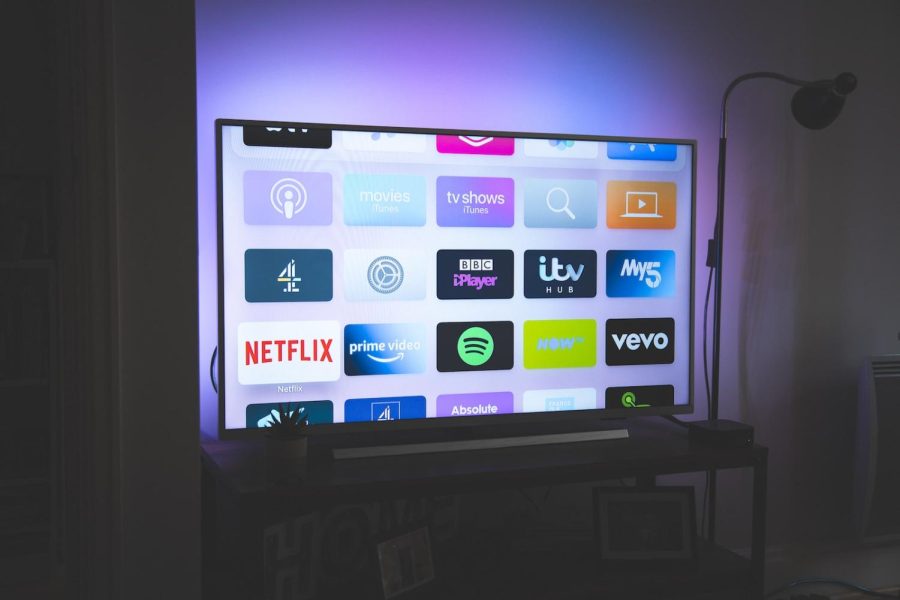How TV’S Work
The electronics behind TV’s
We use TV’s everyday, but how do they work? Televisions work by receiving and displaying electromagnetic signals transmitted through the air. These signals contain information in the form of audio and video data, which the television then turns into images and sounds that we see and hear. The process of sending and receiving these signals is called broadcasting. Analog broadcasting has been used since the early days of television and involves sending signals in a continuous waveform. Digital transmission, on the other hand, converts audio and video data into a binary code and transmits it as a series of 1s and 0s. The main components of a television are a screen, a tuner, a signal processor, an audio processor and a power supply. The tuner is responsible for receiving electromagnetic signals sent by radio waves. The tuner selects a specific frequency that corresponds to the watched channel and demodulates the signal, separating the audio and video data. The signal processor is responsible for decoding the audio and video data received by the tuner. The signal processor separates the audio and video signals and processes them separately before passing them on to the audio and video processors. The audio processor is responsible for decoding and processing the audio data received by the signal processor. The audio processor converts the digital audio data into an analog signal that can be played back by the video processor. The video processor is responsible for decoding and processing the video data received from the signal processor. In conclusion TV’s have many different parts, that work together to entertain us.
Related Stories
https://www.easytechjunkie.com/how-does-a-television-work.htm
https://www.quora.com/How-does-TV-work
Take Action
https://theconversation.com/how-does-a-television-set-work-178973















